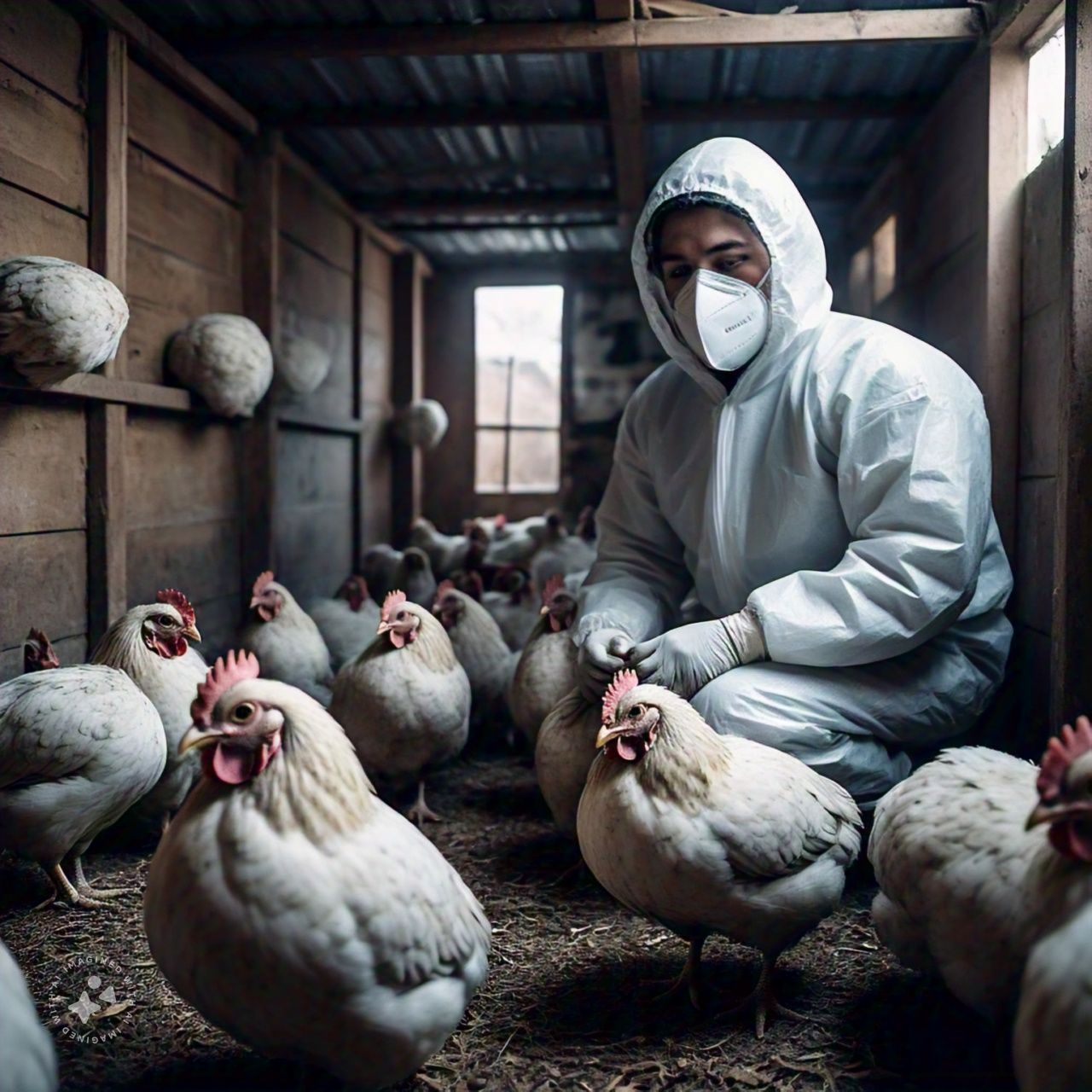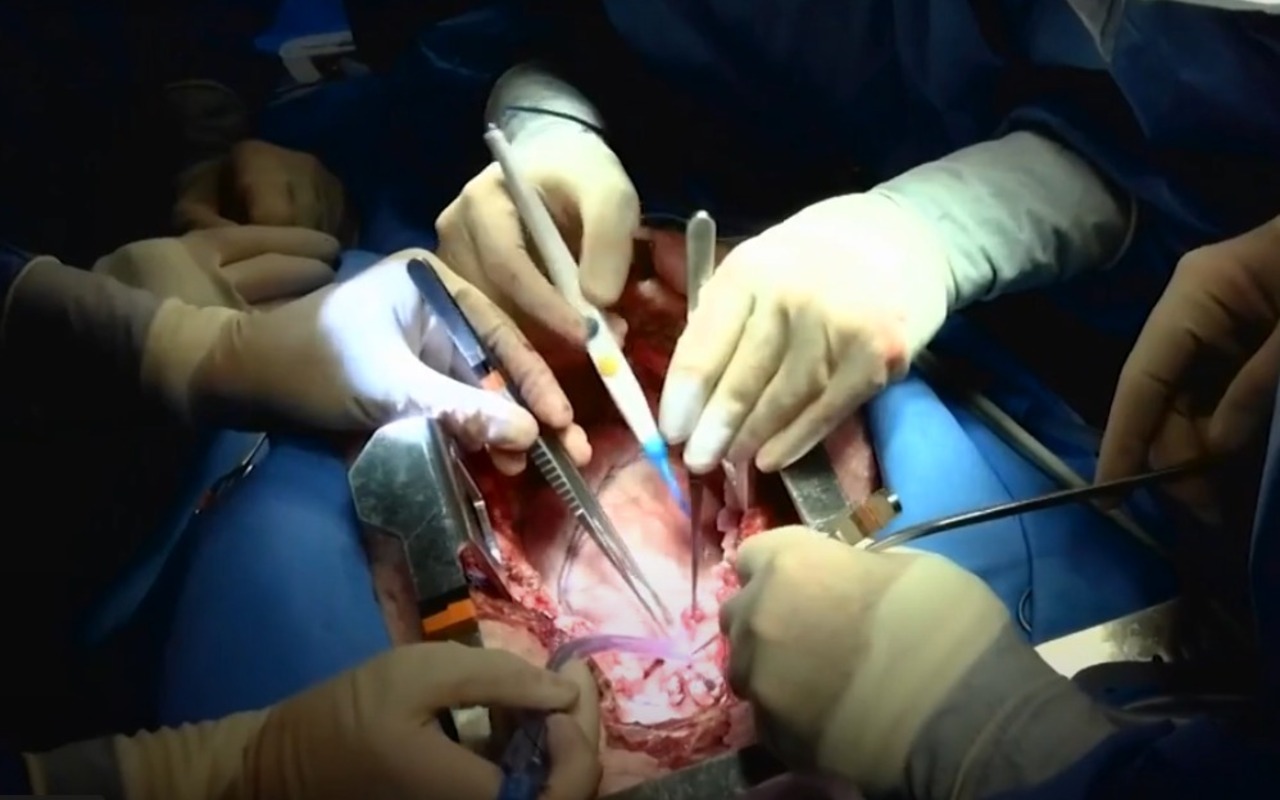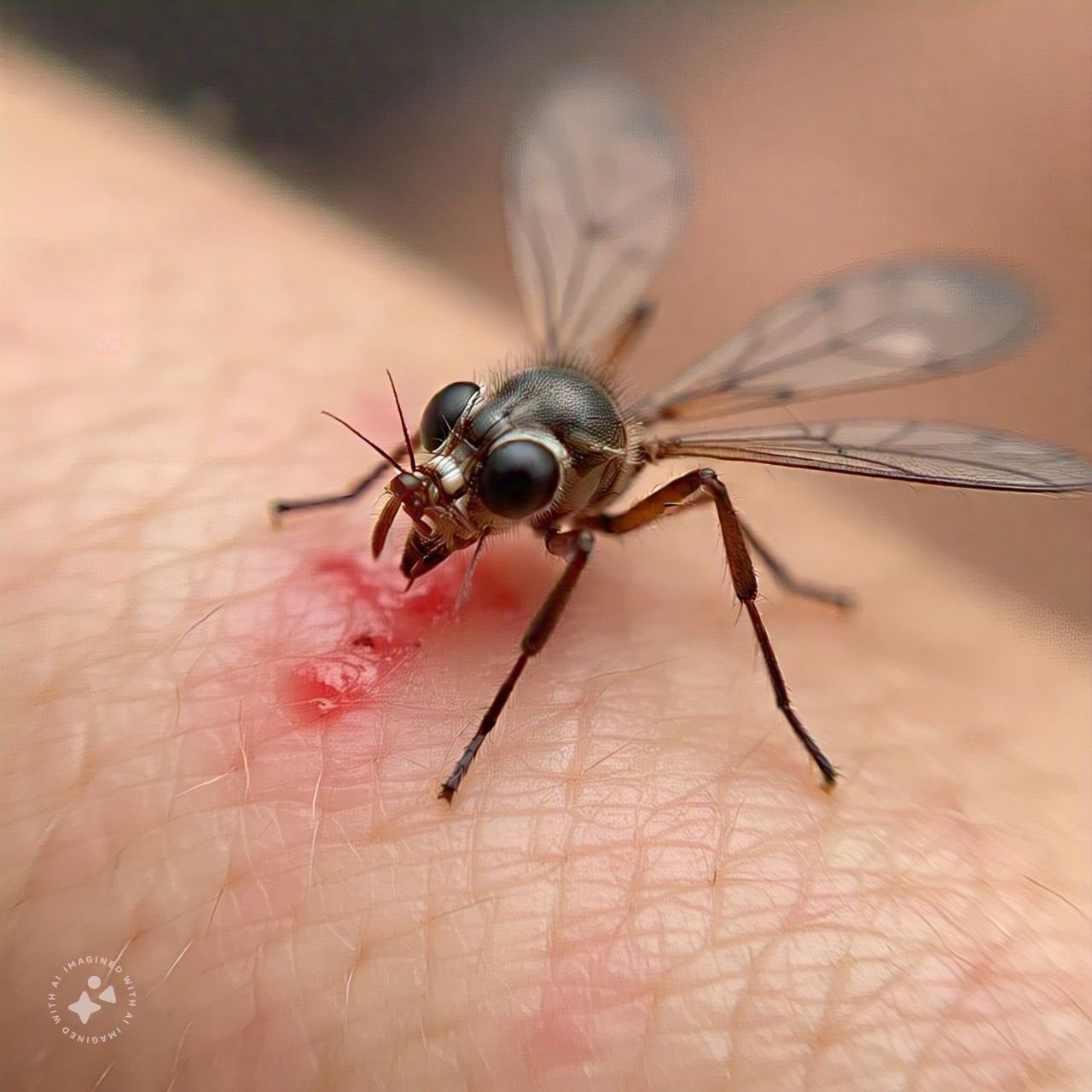
Coming Soon: Respiratory Syncytial Virus (RSV) Vaccine
The Pan American Health Organization (PAHO) has announced that starting in the first quarter of 2025, it will facilitate access to the respiratory syncytial virus (RSV) vaccine for countries in the Americas. This initiative aims to reduce the burden of this disease, which is the leading cause of pediatric hospitalization and mortality in infants under six months of age in the region.
Impact of RSV on Child Health
RSV is one of the main causes of acute respiratory infections in children under two years old, with particularly high hospitalization and mortality rates in infants under six months. It also poses a serious threat to the elderly, as it often causes respiratory infections like pneumonia and leads to high hospitalization rates in some countries.
Immunization Strategies in the Region
PAHO has highlighted the importance of maternal vaccination as a strategy to protect newborns from RSV. Through its Regional Revolving Funds, the organization will facilitate access to the vaccine to ensure the health of mothers and their babies.
CONTENIDO RELACIONADO
Advances in RSV Prevention
In recent years, new vaccines and monoclonal antibodies have been developed to prevent RSV infections. For instance, nirsevimab is a monoclonal antibody that has proven effective in preventing lower respiratory tract disease caused by RSV in the general population, including newborns and infants during their first RSV exposure season.
Challenges and Future Prospects
Despite progress, implementing RSV vaccination programs faces logistical and financial challenges in the region. PAHO continues to work with member countries to strengthen health systems and ensure equitable access to vaccines, aiming to reduce the burden of preventable diseases and improve child health in the Americas.










DEJE UN COMENTARIO:
¡Únete a la discusión! Deja un comentario.